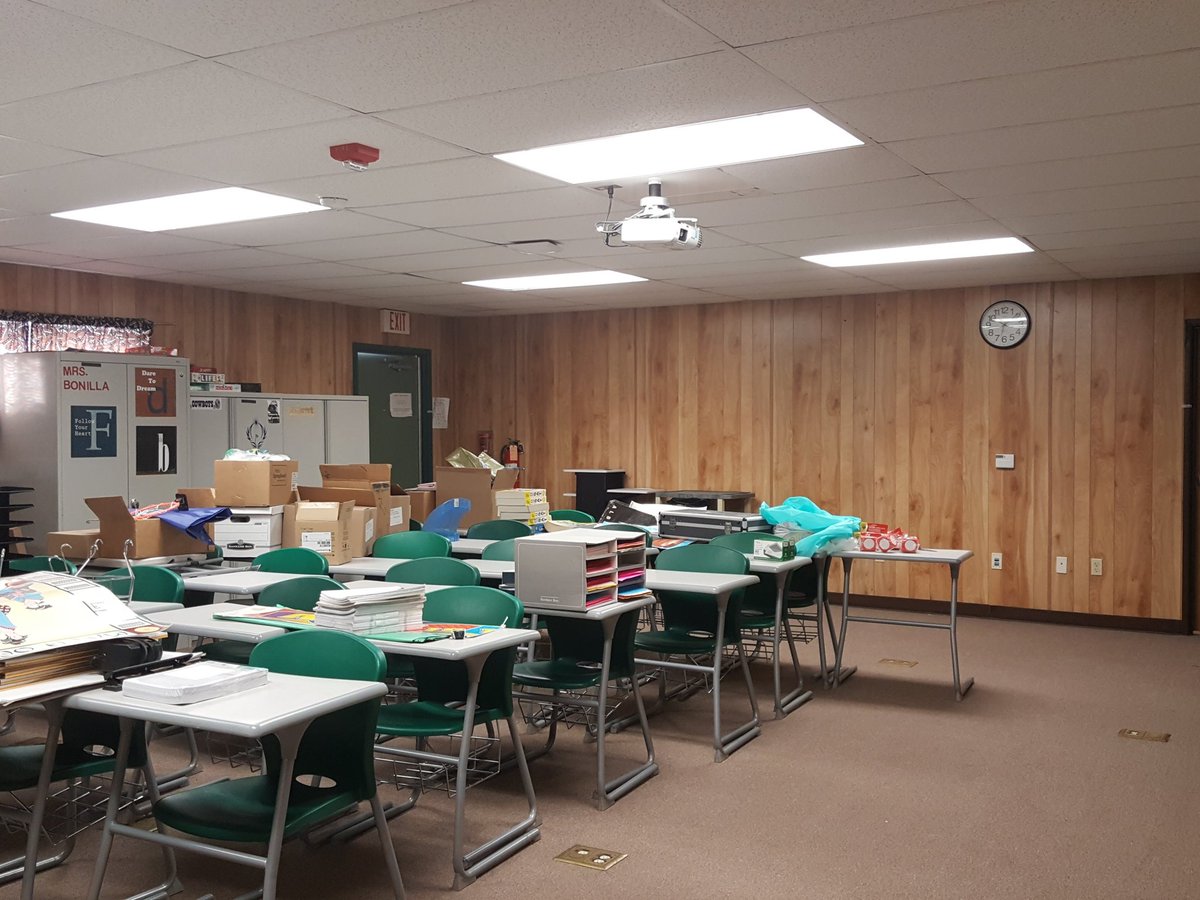To decrease the commotion and amount of time that students spend picking up supplies like glue, scissors, markers, etc., I have set up team "stations" in the center of the team desks.
On the corner of each desk is a tag with a number/letter combination: 1A, 2B, 3A, 4B. I use the numbers 1 to 4 to call on a student from each team for different reasons. For example, I may say: "Student number 4 starts the discussion." or "Student number 2 will be the team recorder for this activity." The A and B are used to pair students. For example, I may say: "Students 1 and 2 are a pair, students 3 and 4 are a pair; if you are student A, you will be the presenter." Using this system, I can make sure that all students are held accountable for participating in activities and such.
But back to the stations! ---- The team stations consist of a plastic 3-drawer storage unit on wheels (which makes them so easy to move around when I'm re-arranging desks), and a "team bin" sitting on top of the storage unit. These are the contents of each part of the team stations:
TEAM BIN
 The bin contains supplies that are used on a daily basis. This includes 4 of each of the following: glue bottles, rulers, protractors, scissors. It also contains a stapler, a box of colored pencils, a box of crayons, and 8 fine-tip markers (which students often use to color-code their notes), and a hand-held pencil sharpener. Having this bin accessible to every student in the team at any given time is a great benefit to them and to me, as well!
The bin contains supplies that are used on a daily basis. This includes 4 of each of the following: glue bottles, rulers, protractors, scissors. It also contains a stapler, a box of colored pencils, a box of crayons, and 8 fine-tip markers (which students often use to color-code their notes), and a hand-held pencil sharpener. Having this bin accessible to every student in the team at any given time is a great benefit to them and to me, as well!
 1st DRAWER
1st DRAWERIn the first drawer are four white boards and a plastic box with 4 markers and erasers to use with the boards. When we use them, I usually ask student number 1 or 4 from each team to take them out from the drawer and hand one of each to their teammates.
 2nd DRAWER
2nd DRAWERIn the second drawer are four clipboards. We use there when we do activities in which students have to write while they are standing. Some of these activities include "Around the World," "Walk-about," and "Scavenger Hunt" activities, which are all basically the same activity. Students work on a problem posted on a paper on a wall of the room and search for the answer on another paper, which will tell them which problem to do next. Another activity we do where students must write while standing is a "Gallery Walk." In this activity, each team works on poster paper at their desks, posts their work on the wall, then all teams walk around observing, writing notes on their own paper/notebook, and commenting on each other's work. These clipboards are so helpful!
3rd DRAWER
 In the third drawer are our Algebra 1 EOC practice workbooks. We use these workbooks in class throughout the year to practice answering EOC test questions. Each Algebra 1 student has a workbook of their own and they keep them in the 3rd drawer of their team station to take out when they need to use them in class.
In the third drawer are our Algebra 1 EOC practice workbooks. We use these workbooks in class throughout the year to practice answering EOC test questions. Each Algebra 1 student has a workbook of their own and they keep them in the 3rd drawer of their team station to take out when they need to use them in class.
This system of storing student supplies that are used on a daily basis is very beneficial to my students because they don't need to go very far at all to get what they need! They don't waste a lot of time gather and putting away supplies and the beginning and end of each period, and that makes me happy! :)
Elizabeth













